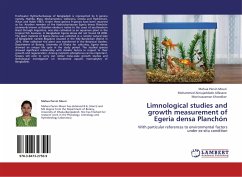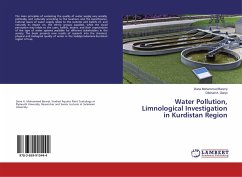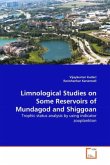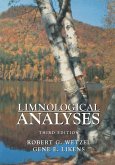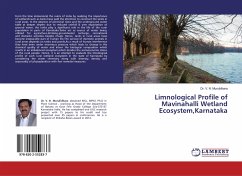Water pollution due to the discharge of waste waters from domestic and industrial origin is a great threat on the international scale. Impairment caused by pollution has the effect on the aquatic biota. Zooplankters are an excellent indicators of the status of the water body as they are highly susceptible to physical and chemical changes in their environment. There is a need for continuous monitoring of aquatic biota which reflects the condition of existing aquatic environment. This book provides an information on the ponds which are under tremendous anthropogenic pressure. Ranebennur taluka comes under Haveri district of Karnataka State and is blessed with one canal and 193 reservoirs (more than 40 ha). In recent years, Ranebennur is progressing in the sphere of industry apart from agriculture and horticulture. Few ponds were selected and characterized for their physico-chemical factors; diversity and abundance of zooplankton. The present work provides a baseline data of these ponds for the future studies


